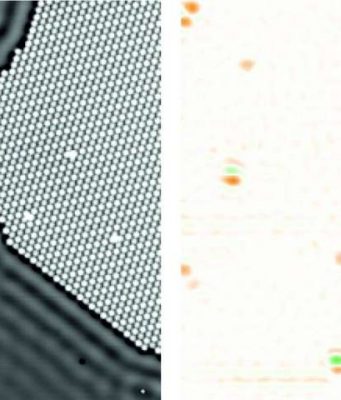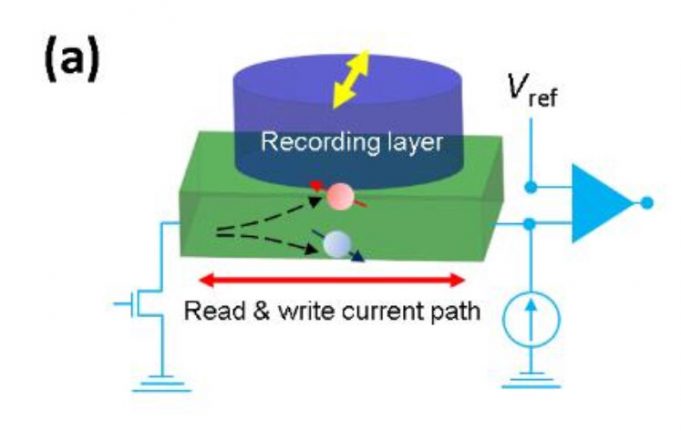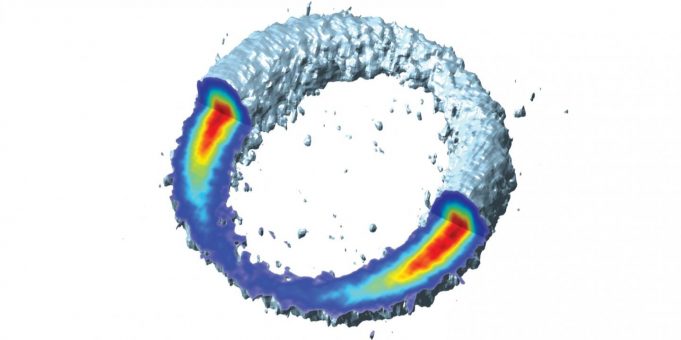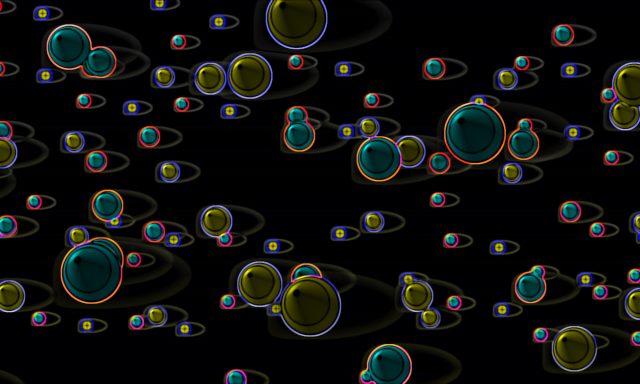Scientists at Tokyo Institute of Technology (Tokyo Tech) report a new material combination that sets the stage for magnetic random access memory based on spin, an intrinsic property of electrons. The innovation could outperform current storage devices. Their breakthrough,...
A team of U.S. and German scientists has used a system of large magnetic "trim" coils designed and delivered by the U.S. Department of Energy's (DOE) Princeton Plasma Physics Laboratory (PPPL) to achieve high performance in the latest round...
By hitting electrons with an ultra-intense laser, researchers have revealed dynamics that go beyond 'classical' physics and hint at quantum effects.
Whenever light hits an object, some of the light scatters back from the surface of the object. However, if...
Using a computer-assisted wave generator, scientists produced a train of solitons in a 110-meter-long water tank in Berlin, recreating in water the mathematical results of a famous 1960s computer experiment. This wave generation was part of a project in...
Professor Stephen Hawking's final theory on the origin of the universe, which he worked on in collaboration with Professor Thomas Hertog from KU Leuven, has been published today in the Journal of High Energy Physics.
The theory, which was submitted...
The creation of photoelectrons through ionisation is one of the most fundamental processes in the interaction between light and matter. Yet, deep questions remain about just how photons transfer their linear momentum to electrons. With the first sub-femtosecond study...
Materials can assume completely different properties -- depending on temperature, pressure, electrical voltage or other physical quantities. In theoretical solid-state physics, state-of-the-art computer models are used to understand these properties in detail. Sometimes this works well, but sometimes strange...
Water vapor from ambient air will spontaneously condense inside porous materials or between touching surfaces. But with the liquid layer being only a few molecules thick, this phenomenon has lacked understanding, until now.
Researchers at the University of Manchester led...
Physicists from Lancaster University have established why objects moving through superfluid helium-3 lack a speed limit in a continuation of earlier Lancaster research.
Helium-3 is a rare isotope of helium, in which one neutron is missing. It becomes superfluid at extremely low...
Temperature distribution in an active plasmonic waveguide on an optoelectronic chip with a cooling system
Researchers from MIPT have found a solution to the problem of the overheating of active plasmonic components for high-speed data transfer in the optoelectronic...
Scientists have long sought to harness fusion as an inexhaustible and carbon-free energy source. Within the past few years, groundbreaking high-temperature superconductor technology (HTS) sparked a new vision for achieving practical fusion energy. This approach, known as the high-field...

















